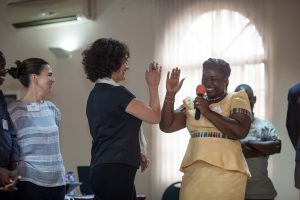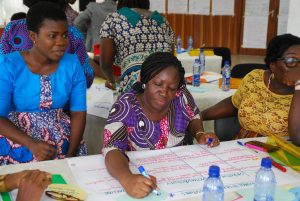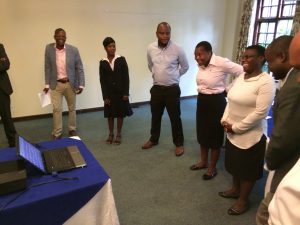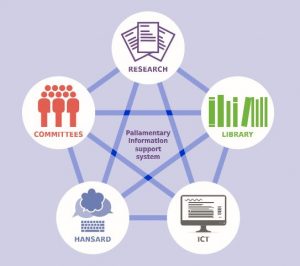Evidence reading: Innovation in organizational change
Innovation in development has been the ‘buzz’ word of the last couple of years. We all talk about it but...
Innovation in development has been the ‘buzz’ word of the last couple of years. We all talk about it but...
With gender inequalities in higher education present, but not always acknowledged, INASP aims to promote equity by actively addressing the needs of both men and women across our work and addressing issues of power within the research and knowledge system. Ruth Bottomley spoke with Science Impact about INASP's Gender Mainstreaming in Higher Education Toolkit and why it is vital that men, as well as women are active participants in the fight against gender inequality. (With thanks to STEM for sharing the post with us).
Author: Ajoy Datta, Research Associate, Overseas Development Institute, worked on the VakaYiko programme, coordinated by INASP. Ajoy is an expert...
Author: Emily Hayter, Programme Manager, Evidence-Informed Policy Making Team, INASP Information is critical to holding governments to account. None of...
Julie Brittain, INASP Executive Director, looks back at the past year and shares some highlights from our latest annual review....
In my last post I wrote about the 12-metre-long timeline that is now adorning INASP’s wall to celebrate our 25th anniversary this year and I described something of the journey that this timeline shows. But, unashamedly, a timeline is more than an overview; it is full of detail about which activities happened in which year, as well as what was going on in the wider world at the same time. Indeed, even at 12 metres, we had to be surprisingly selective in what we included; a lot has happened in 25 years! You can explore our timeline online at www.inasp.info/timeline but in this blog post I’m going to share a few highlights from our history and put them into a wider context.
Registered charity no: 1106349
The Old Music Hall, 106-108 Cowley Road,
Oxford, OX4 1JE, UK
Tel: +44 (0)1865 249909
Email: info@inasp.info
© copyright 2025





